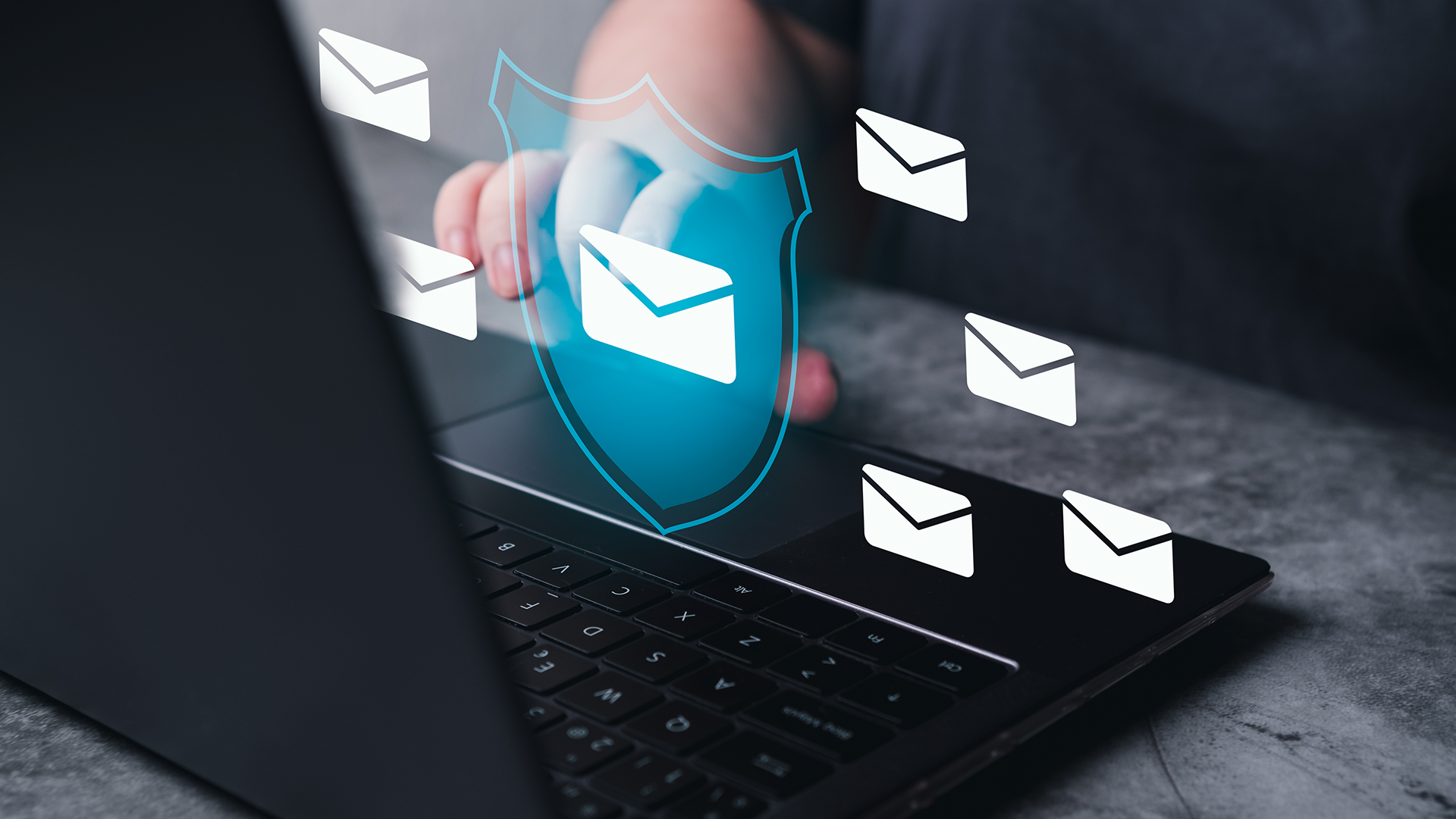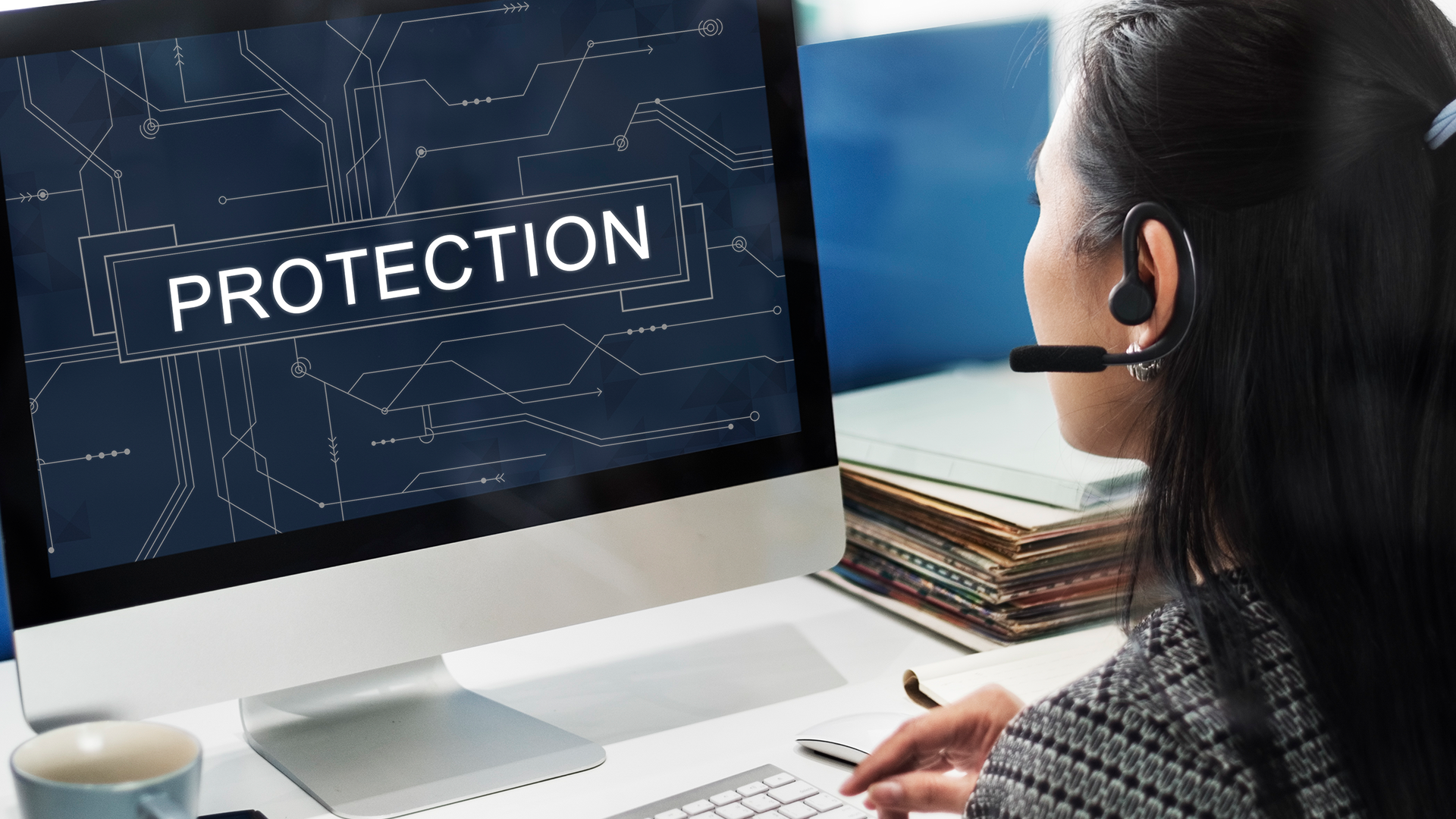
Thank you
Our team of industry domain experts combined with our guaranteed SLAs, our world class technology .


Get Immediate Help
When it comes to healthcare, emails are a common mode of communication between providers, patients, and third-party organisations. However, emails containing Protected Health Information (PHI) are also a prime target for cybercriminals. With HIPAA’s strict regulations governing the handling of PHI, ensuring PHI email protection has become a non-negotiable priority for healthcare organisations.
But how do you make your emails HIPAA-compliant while maintaining efficiency in communication? The answer lies in adopting robust email security measures, including encryption and secure email practices tailored to HIPAA standards. Let’s explore how organisations can safeguard patient information and align their email practices with compliance requirements.

PHI email protection refers to the implementation of security measures that protect emails containing sensitive patient information, ensuring compliance with HIPAA regulations. This includes using encryption, secure email platforms, and robust access controls to prevent unauthorised access to patient health information.
The goal is simple: to ensure that emails containing PHI are secure during both transmission and storage, safeguarding them from breaches or unauthorised access.
Robust email security measures not only protect sensitive data but also demonstrate an organisation’s commitment to HIPAA compliance standards and patient privacy.
2. Phishing Attacks
Hackers often use phishing emails to trick employees into revealing login credentials, providing unauthorised access to email systems and PHI.
3. Misdelivery
A simple typo in an email address can send sensitive patient information to the wrong recipient, resulting in a HIPAA violation.
4. Lack of Encryption
Without encryption, emails are like postcards—anyone who intercepts them can read their contents.
5. Insufficient Access Controls
If email accounts are not secured with strong passwords and two-factor authentication, they can be easily compromised.

Under HIPAA, emails containing PHI must adhere to strict security guidelines to ensure compliance. Here are the key standards:
1. HIPAA Security Rule
The Security Rule requires organisations to implement safeguards that protect PHI during transmission. Encryption is a primary method recommended to achieve this.
2. Risk Assessment
A HIPAA risk assessment must be conducted to identify potential vulnerabilities in email systems and address them effectively.
3. Access Control
Organisations must restrict access to email systems containing PHI, ensuring only authorised personnel can view or send sensitive information.
4. Audit Controls
Email systems must have the capability to track and log all access and transmission of PHI, providing a trail for compliance audits.
5. Breach Notification Rule
In the event of a breach involving unprotected PHI, organisations must notify affected individuals, the Department of Health and Human Services (HHS), and sometimes the media. This can be avoided if the PHI is encrypted.

1. Use HIPAA-Compliant Email Services
Opt for email services specifically designed for healthcare organisations. These services offer built-in features like encryption, secure storage, and audit trails, ensuring compliance with HIPAA standards.
2. Implement Email Encryption for Healthcare
Encryption is the cornerstone of secure healthcare communication. It ensures that emails are readable only by authorised recipients, even if intercepted.
3. Establish Secure Messaging Systems
Instead of relying solely on traditional email, healthcare organisations can use secure messaging platforms that provide end-to-end encryption and additional layers of security.
4. Train Staff on Email Security Best Practices
Human error is a leading cause of breaches. Regularly train employees on recognising phishing attempts, avoiding misdelivery, and securely handling sensitive emails.
5. Enforce Multi-Factor Authentication (MFA)
Require employees to use MFA to access email accounts. This adds an extra layer of security, making it harder for attackers to compromise accounts.
6. Conduct Regular HIPAA Risk Assessments
Assess your email systems periodically to identify and address vulnerabilities. This proactive approach helps maintain compliance and prevent breaches.
7. Create a Secure Email Policy
Develop clear guidelines on how PHI should be sent via email. Include rules on when encryption is required, who can send PHI, and how recipients are verified.

Data Breach Prevention: Strong email security measures reduce the risk of unauthorised access and breaches.
Regulatory Compliance: Aligning with HIPAA standards helps organisations avoid penalties.
Patient Trust: Demonstrating a commitment to protecting sensitive information fosters trust among patients.
Operational Efficiency: Secure email systems streamline communication while ensuring compliance.
At Microminder Cybersecurity, we offer comprehensive solutions to help healthcare organisations achieve PHI email protection and align with HIPAA standards. Our services include:For organisations seeking to ensure PHI email protection and align with HIPAA standards, the following Microminder Cybersecurity services are particularly valuable:
1. Email Encryption Solutions
Protects emails containing sensitive PHI by encrypting them both during transmission and at rest. This ensures that only authorised recipients can access the information, aligning with HIPAA compliance requirements.
2. Secure Messaging Platforms
Provides end-to-end encrypted communication channels designed specifically for healthcare professionals. These platforms facilitate secure sharing of PHI and ensure compliance with HIPAA’s requirements for secure healthcare communication.
3. HIPAA Risk Assessment Services
Evaluates your organisation’s current email systems to identify vulnerabilities and gaps in compliance. Offers actionable recommendations to address these risks and align with HIPAA standards.
4. Access Control and Multi-Factor Authentication (MFA) Solutions
Strengthens email security by ensuring only authorised personnel can access accounts. MFA adds an additional layer of security, reducing the risk of unauthorised access.
5. Cloud Security Solutions for Email Systems
Provides robust security for cloud-based email systems, including encryption, monitoring, and compliance management. These solutions ensure PHI is protected across devices and platforms.
6. Data Loss Prevention (DLP) Services
Prevents accidental or malicious email leaks of sensitive PHI by monitoring and controlling data shared through email. Ensures compliance with HIPAA standards for safeguarding patient information.
7. Compliance Support Services
Guides healthcare organisations through the complexities of HIPAA email compliance, including encryption standards, access controls, and audit trails. Simplifies the process of meeting regulatory requirements.
8. Cybersecurity Awareness and Training
Educates employees on recognising phishing attempts, securely handling PHI in emails, and following HIPAA-compliant email practices. Reduces human errors that could lead to breaches.
Emails are an indispensable tool for healthcare communication, but they also come with significant security risks. Ensuring PHI email protection through robust encryption, secure messaging, and compliance with HIPAA standards is essential for safeguarding patient health information.
By adopting HIPAA-compliant email practices, conducting risk assessments, and implementing advanced security measures like encryption and multi-factor authentication, healthcare organisations can prevent data breaches, maintain compliance, and foster trust among patients.
Ready to secure your healthcare emails and protect sensitive patient information? Contact us today to learn more about our tailored email security solutions.
Don’t Let Cyber Attacks Ruin Your Business
Call
UK: +44 (0)20 3336 7200
KSA: +966 1351 81844
UAE: +971 454 01252
Contents
To keep up with innovation in IT & OT security, subscribe to our newsletter
Recent Posts
Cybersecurity | 10/10/2025
Cyber Risk Management | 10/10/2025
Cyber Risk Management | 09/10/2025